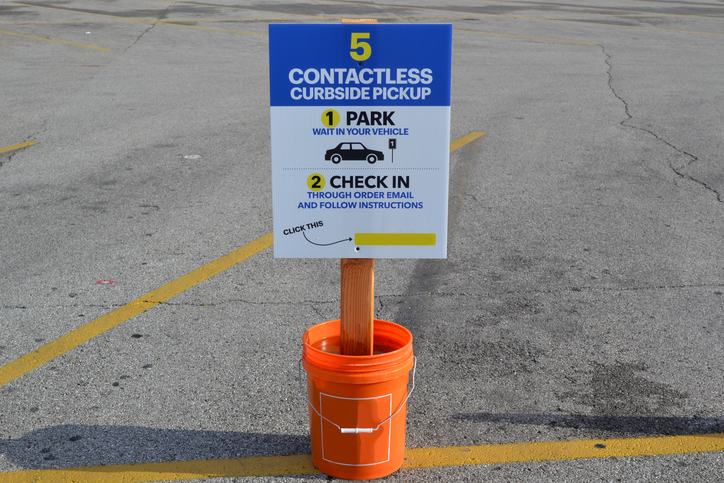Evolution of retail landscape presenting new considerations for loss prevention professionals
May 19, 2021The introduction of curbside pickup has resulted in an acceleration of digital strategies and initiatives

Events of the past 13 months or so have turned just about everything, in every community throughout the entire world, on its head. For retailers, impacts of the pandemic have contributed significantly to an acceleration of trends that have resulted in a shift toward increased online activity and a changed landscape for retailers to figure out.
For retail loss prevention teams, it means developing new ways by which to ensure a safe and seamless experience for customers as well as the continued profitability of the company.
Our number one priority was to make sure that our blue-shirt employees in the store were safe.
To address the new requirements and considerations that retail loss prevention teams across the country need to be aware of, such as the evolution and escalation of curbside pickup, Rita Estwick, Director, Security and Investigation Services at Canada Post, hosted a panel discussion at Retail Council of Canada’s virtual 2021 Retail Loss Prevention Forum. Estwick was joined by Christian Leadbeater, Vice President, Best Buy Business and Loss Prevention, Best Buy Canada, and Chris Sallans, Vice President, Retail & Service Operations & Fulfilment.
“Introducing curbside pickup was a big change,” admits Sallans. “But, because of the strong organizational collaboration that exists between our teams, there were never really any points of contention. Our number one priority was to make sure that our blue-shirt employees in the store were safe. And, when you’re introducing curbside, you’re moving product through the store in a different way and sending an employee into the parking lot with a high-end item. We had to consider things like camera coverage, sight lines and internal processes to cut down on loss.”
Leadbeater echoes his colleague’s sentiment, adding that the pandemic and the resulting shift to online activity by the consumer only served to heighten and intensify the role of today’s loss prevention professional.
“There’s a really fine balance that loss prevention teams always walk between achieving financial goals while protecting the company’s assets,” he points out. “But, having to juggle a real loss prevention risk with escalating health and safety concerns while at the same time serving the customer makes everything a lot more challenging.”
“Chances are, the talent and organizational understanding already exists within the company.”
Considering the impressive job that Best Buy Canada has done in securing the safety of its employees and customers and the profitability of the business, the continued rise in e-commerce growth is only likely to benefit the Canadian tech retailer. And, according to Sallans, it’s all about looking internally to ensure the proper loss prevention support.
“E-commerce is obviously a really big part of our business,” he recognizes. “What I’d recommend any retailer do in order to deal with the increased volumes of online sales and the risk that comes along with that is to figure out how to leverage the resources they already have and to train people internally. Chances are, the talent and organizational understanding already exists within the company. Identifying and developing that talent can help meet the rise in current demand as well as prepare the business for the future.”
Leadbeater agrees, adding that the shift in consumer behaviour, precipitated by government-imposed lockdowns, accelerated Best Buy Canada’s digital strategy, allowing its loss prevention team to identify and plug gaps in their quickly evolving processes straight away, safeguarding against future risk.
“When the pandemic hit, because of planning that we’d been doing prior, we were able to quickly pivot and use our stores as distribution centres. Because our processes hadn’t been locked down, there were wide open gaps with respect to shrink risks. The channel shift that’s happened allowed us to work on our processes and dramatically improve them. And, because it’s a shift that I don’t believe will subside at all post pandemic, it’s something that retailers have to be looking at now in order to continue dealing with increased online sales and the associated risks to the business.”



